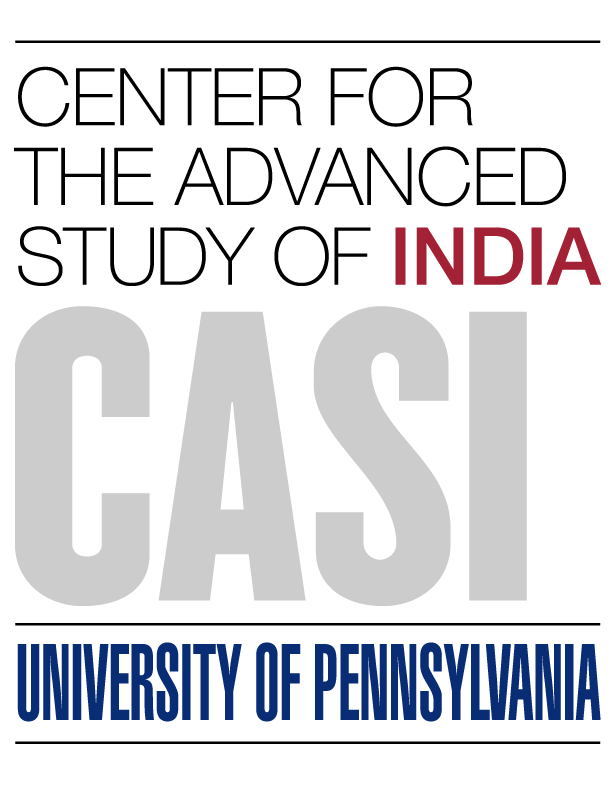
If India becomes one of the leading powers of the 21st century, as is widely predicted, how will it exercise its power and influence? The answer to this question is being shaped by four competing visions of India’s place in the international system. The oldest of these can be traced to India’s struggle for freedom, when homage was paid to the notion that India ought to serve as a counterexample to the West’s role in international affairs. Jawaharlal Nehru, India’s first Prime Minister, translated this urge into policy by seeking to have India set the standard for peaceful and cooperative behavior. He recommended non-alignment as a means to avoid the conflict associated with balance of power politics, and to allow India the freedom to speak and act morally. He also eschewed the cultivation of military strength, expressing unhappiness with the notion that peace must be sought through strength. The example of the freedom movement recommended to him was instead the use of reason as a means of resolving political disputes.
Should it continue to be influential, the desire to act in an exemplary or principled fashion will cause India to remain skeptical of alliances. It will also continue to take the lead in endeavoring to ensure that international regimes do not undermine the interests of the developing world. Above all else, it promises that India will continue to use civil means to challenge what it sees as discriminatory features of the international order. In other words, argumentative diplomacy will remain the leitmotif of Indian conduct. However, it is increasingly unclear whether India’s future conduct will be shaped by Nehru’s vision, as his policies face a growing chorus of criticism from those who wish to see India adopt stances that correspond to its cultural, military, and economic potential.
A second vision – the oldest and most trenchant of these critiques – has been authored by the Hindu nationalists, who are driven by pride in what they consider the self-evident importance of Indian civilization, and shame at its past subjugation by Muslim and British invaders, and at its continuing weak response to security threats. The only way to resurrect the glory of India and to prevent the reoccurrence of humiliation, they argue, is via the cultivation of national strength, which requires a unified and muscular Hindu society.
At present, this vision has decidedly limited purchase on the Indian mind. This owes, in part, to a deeply ingrained cultural preference for diffusing conflict through accommodation. In addition, the heterogeneity of Indian society, and the fractious identity politics this generates, has thwarted the electoral prospects of the Hindu nationalists. Moreover, even if they are able to expand their share of the national vote, they face significant obstacles in executing their vision. When in power, they have tended to focus on symbolic policies instead of actually taking the steps necessary to promote national strength. Should they overcome this defect and commit themselves to the hard task of governance, they will still have to face the challenge posed by the steady weakening of the Indian state, which is increasingly characterized by corruption and inertia, and is unlikely to be able to act purposefully any time soon.
A third vision for India emerges from the country’s nascent strategic community, whose members take the view that military power is the best guarantor of peace and security. They argue India must develop a credible second-strike nuclear capability and a comprehensive array of conventional military forces, including the capacity to project force beyond the subcontinent. Thus far, this view has found little support amongst India’s political elite, who are generally uneducated about strategic affairs. As a result, there is an undeniable sense in which the operative mentality in strategic affairs has been one of ad-hocism. This pattern of behavior is likely to remain undisturbed for the foreseeable future, as the growth of coalition politics encourages the adoption of policies directed at the exigencies of competitive electoral politics. It can perhaps only be altered by the experience of mass suffering, which alone could produce a nationwide constituency for strategic planning.
A fourth vision of India’s place in the world has come from liberals, who argue that economic power, rather than moral prestige or military strength, ought to be India’s objective, since the interdependence fostered by globalization rewards pragmatism and makes violent conflict unprofitable. Should the liberal vision prevail, India’s external policies will, correspondingly, be directed primarily toward ensuring access to resources and markets. India’s formative experiences, as well as its steadily deepening social and economic links with the West in particular, will make it unwilling to use force to obtain these objectives. Instead, it will strongly favor the development of multilateral regimes to regulate international trade and politics. Furthermore, the populist character of India’s democracy and political culture, as well as its enormous developmental needs, make it likely that trade surpluses will be invested in social, rather than military, programs. A prosperous India, in this respect, will more likely resemble post-war Europe than either contemporary America or China.
It is not clear, however, that the liberal vision will easily prevail. The gradual embrace of the market economy, which began in 1991, promises to transform India into one of the three largest economies in the world. But serious challenges loom on the horizon. Refracted through the prism of identity politics, pent-up needs and desires have begun to produce an impatient and increasingly rapacious democratic politics. The political class that is emerging from this churn revels in a fiscally lethal competitive populism and a constitutionally lethal politicization of public institutions. The most immediate consequence of these trends has been a steady deterioration in the rule of law, which ultimately threatens economic stability.
It is unlikely that any one of the four visions outlined above will monopolize the Indian worldview in the 21st century. What matters instead therefore is their comparative influence. With the moral fervor of the past quickly fading, and neither Hindu nationalism nor strategic thinkers able to gain a foothold in the national imagination, it increasingly appears that India will prioritize its quest for prosperity. Such a development could have significant positive implications for the international system. It could satisfy India’s desire for recognition and create new constituencies for peace and stability in Asia and beyond, founded on the prospect of mutually beneficial trade and investment.
While the attainment of prosperity will greatly depend on India’s own efforts, it would be naïve to imagine that it will not also depend on America’s and China’s willingness to countenance the same. Any effort on their part to thwart India’s quest will likely set in motion a contrary dynamic, as calls to enhance India’s military power will grow louder – and be heeded more closely. Hence, if the liberal vision is to ultimately prevail, it will require willingness on the part of the leading powers of today to rewrite the usual ending.
Rahul Sagar is an Assistant Professor in the Department of Politics at Princeton University. The full version of this article, entitled “State of Mind: What Kind of Power Will India Become?” will be published by International Affairs in July 2009.
India in Transition (IiT) is published by the Center for the Advanced Study of India (CASI) of the University of Pennsylvania. All viewpoints, positions, and conclusions expressed in IiT are solely those of the author(s) and not specifically those of CASI.
© 2009 Center for the Advanced Study of India and the Trustees of the University of Pennsylvania. All rights reserved.

